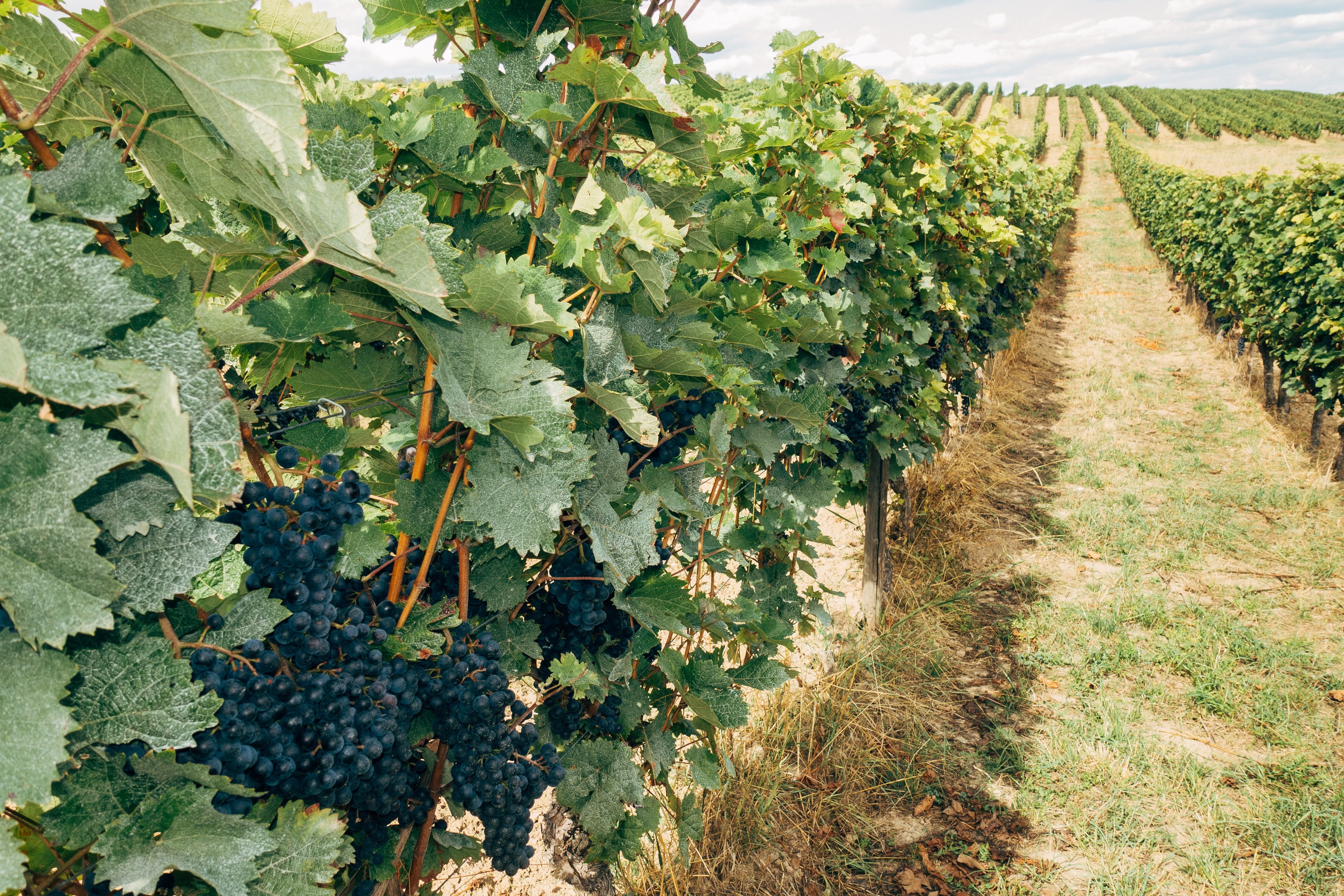Wines are produced in a variety of ways, both conventionally and by more natural methods. For various classifications of natural production we often get asked what the S, O, B, and N labeling of wine bottles in the shop means. Here are the cliff notes on how these labels relate to and differ from each other:
(S) Sustainable - Growers take environmental concerns into consideration and use responsible farming methods. There is minimal use of chemical sprays, and some organic and biodynamic methods. They practice water and resource conservation whenever possible.
(O) Organic - No synthetic or chemical sprays or fertilizers are used in the vineyard. A balanced ecosystem and healthy soil is achieved by the use of organic materials, beneficial insects, animals, and cover crops.
(B) Biodynamic - Prioritizes the vineyard as a healthy ecosystem without the use of chemicals, makes use of herbal sprays and composts. The winemaking is non-intervention and ambient yeast fermentations are used. Bottling occurs with little or no use of sulfur. All work in the vineyard and the winery adheres to the movements of the Earth and the Moon.
(N) Natural Wine - Not strictly defined and a term for many wines that fall into previous categories. Not all wines designated as Sustainable and Organic would be considered Natural Wines. Biodynamic wines almost without exception are considered Natural Wines. Common traits would be no spraying of chemicals in the vineyard, hand harvesting, fermenting the wine on the ambient yeasts, little or no manipulation during the winemaking, and low or no sulfur at bottling.


Sancerre's Impressive Relatives
Sancerre's Impressive Relatives